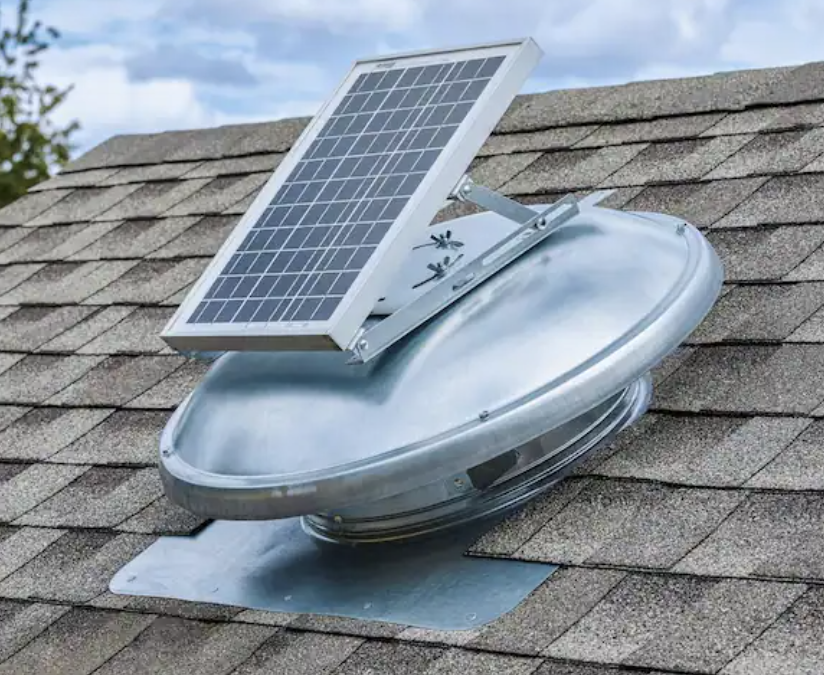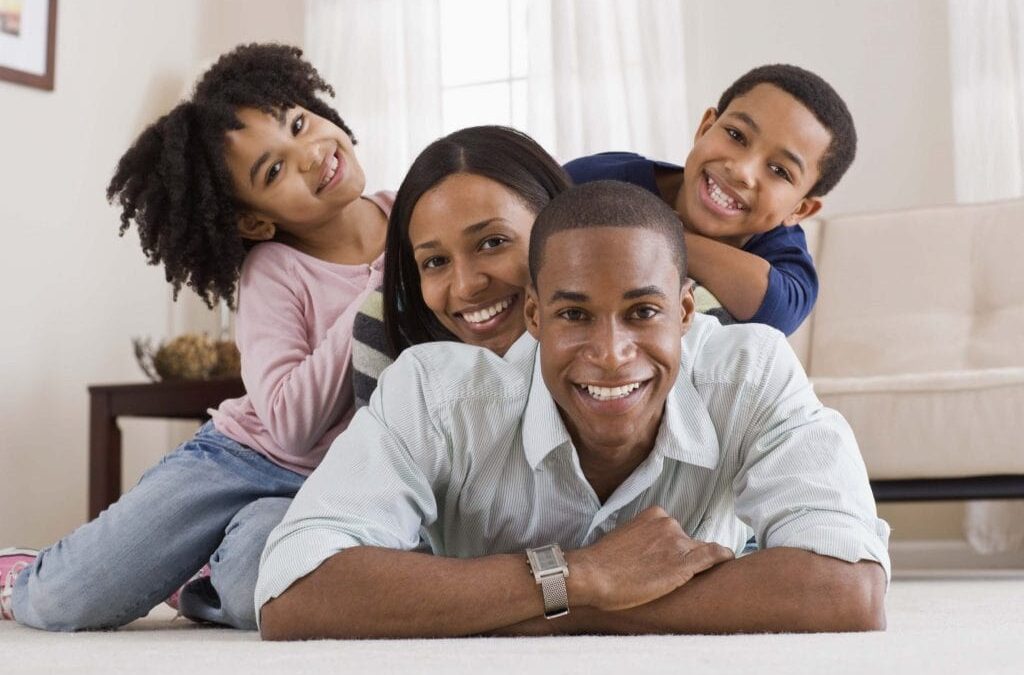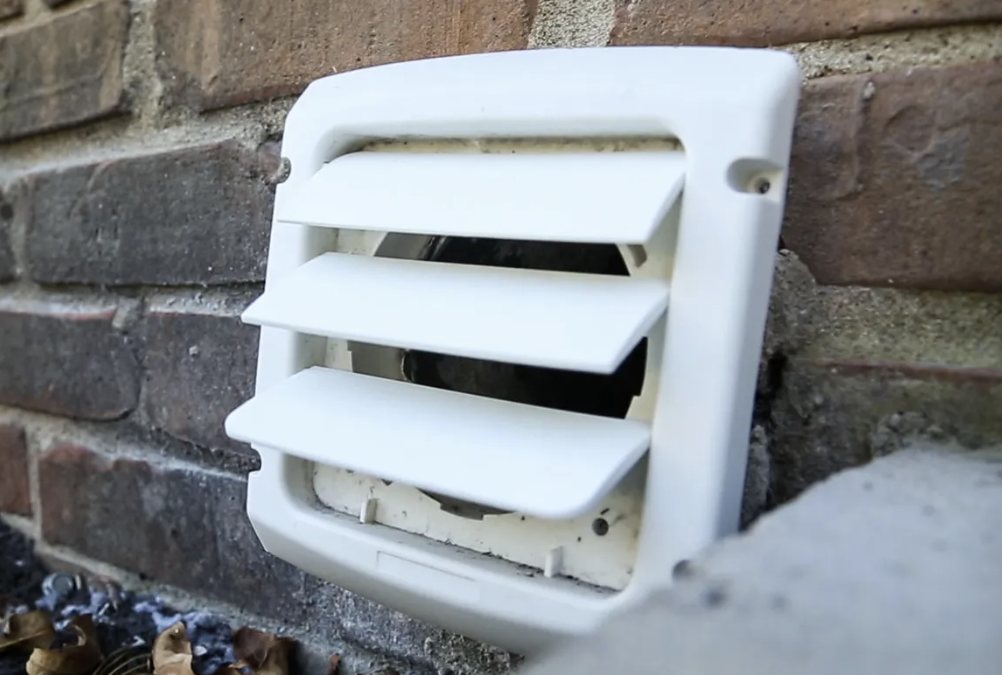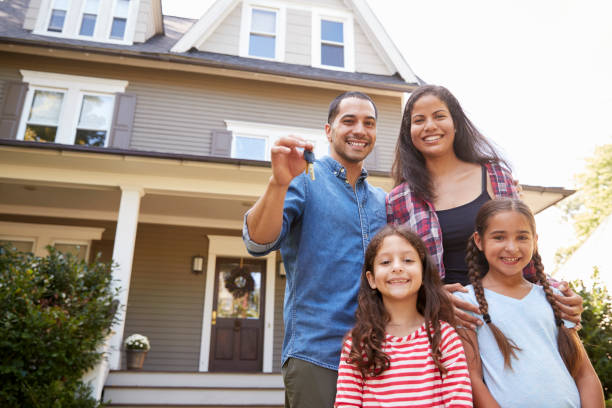
“The Power of Solar: How Installing a Solar Attic Fan Can Benefit Your Property”
The Power of Solar: How Installing a Solar Attic Fan Can Benefit Your Property
Attics are often overlooked as a source of energy waste and discomfort in homes. Hot air can become trapped in the attic, making the entire house feel hotter and increasing the strain on air conditioning systems. This is where solar attic fans come in – these innovative fans use the power of the sun to keep attics cool and comfortable.
A solar attic fan operates by drawing hot air out of the attic and exchanging it with cooler air from outside. This helps to reduce the temperature in the attic and reduces the amount of heat that can build up in the home. By removing hot air from the attic, a solar attic fan can help to reduce the overall temperature of the home, making it feel more comfortable and saving you money on energy bills.
Another benefit of a solar attic fan is that it helps to extend the life of your roof. Hot air in the attic can cause roofing materials to degrade and reduce their lifespan. By removing hot air, a solar attic fan can help to keep your roof in good condition and extend its life.
Solar attic fans are also easy to install and maintain. They are powered by the sun, so there are no electrical or fuel costs to worry about. They are also quiet and have no moving parts, so there is no need for regular maintenance or replacement.
Installing a solar attic fan is also a great way to improve the energy efficiency of your home. By removing hot air from the attic, a solar attic fan can help to reduce the load on your air conditioning system, leading to lower energy bills. It’s a win-win situation – you’ll be able to enjoy a more comfortable home and save money at the same time.
Another great thing about solar attic fans is that they are environmentally friendly. They use the power of the sun, which is a renewable resource, and do not produce any emissions. By reducing energy consumption, you’ll also be reducing your carbon footprint and doing your part for the environment.
In conclusion, installing a solar attic fan is a smart and cost-effective way to improve the comfort of your home and reduce energy consumption. With no electrical or fuel costs, easy installation, and no maintenance required, there are plenty of benefits to be had. So, why not invest in a solar attic fan today and start enjoying the many benefits that it has to offer?









